Driving a semi tractor trailer is an intricate skill that combines both technical knowledge and practical expertise. This guide aims to provide in-depth insights into various aspects of driving a semi, from basic controls to advanced maneuvers and safety protocols. Whether you are a seasoned driver looking to refresh your skills or a beginner eager to embark on this career path, we cover the essential elements that will help you navigate the open road with confidence.
Understanding the Basics of a Semi Tractor Trailer
What is a Semi Tractor Trailer?
A semi tractor trailer consists of two main components: the tractor and the trailer. The tractor is the front part, housing the engine, cab, and vital control systems. The trailer, attached to the back, is where cargo is loaded. This combination enables the transport of large quantities of goods over long distances.
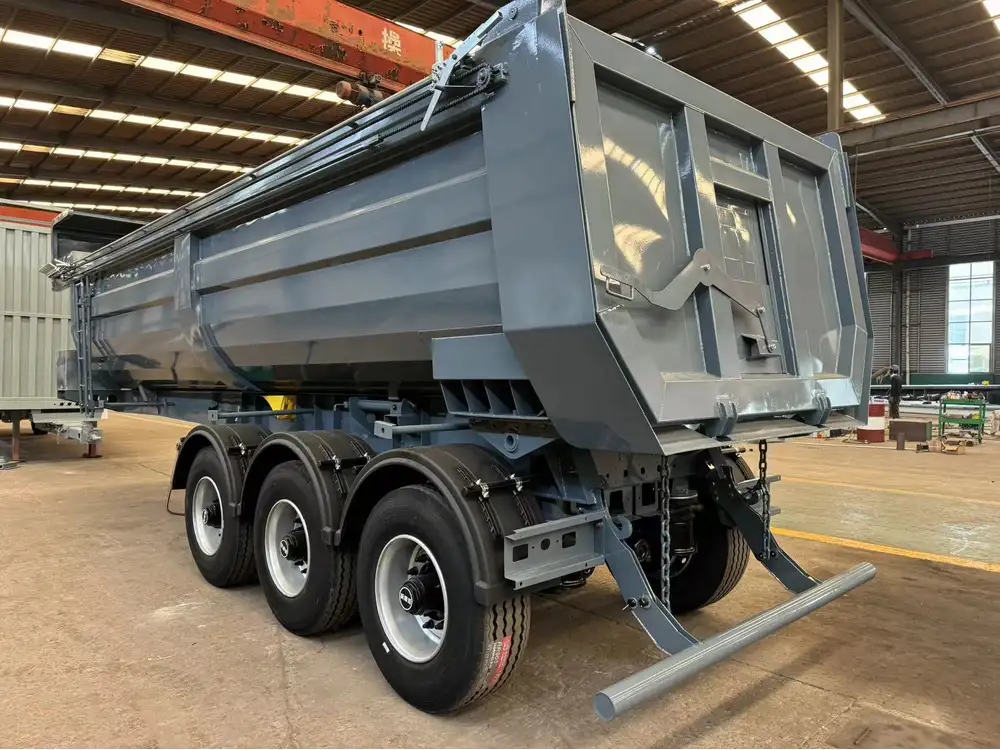
Key Components
| Component | Description |
|---|---|
| Cab | The driver’s area, containing controls and seating. |
| Engine | Provides the power to move the vehicle. |
| Transmission | Transfers engine power to the wheels; can be manual or automatic. |
| Axles | Support the weight of the trailer and cargo. |
| Braking System | Includes air brakes, critical for stopping safely. |
Pre-Driving Preparations
Before hitting the road, it’s crucial to prepare adequately to ensure safety and compliance with regulations.
Vehicle Inspection Checklist
- Fluid Levels: Check oil, coolant, and fluid levels.
- Tires: Inspect for proper inflation and tread depth.
- Lights: Ensure all lights (headlights, turn signals, brake lights) are functioning.
- Brakes: Test the air brake system for leaks or malfunctions.
- Load Security: Verify that cargo is securely fastened and distributed evenly.

Understanding Weight Limits
Federal regulations stipulate specific weight limits for semi trucks. Familiarizing oneself with the Gross Vehicle Weight Rating (GVWR) and ensuring compliance is vital for safe operation. Overloading can lead to braking issues and compromised vehicle handling.
Starting the Engine: A Step-by-Step Approach
Key Steps to Start
- Enter the Vehicle: Use hand grips and three points of contact.
- Adjust the Seat and Mirrors: Ensure optimal visibility and comfort.
- Fasten Seat Belt: Compliance with safety regulations.
- Turn on the Power: Activate the ignition without starting the engine.
- Engage Air Brakes: Ensure brakes are engaged before starting.
- Start the Engine: Turn the ignition key and listen for any unusual sounds.
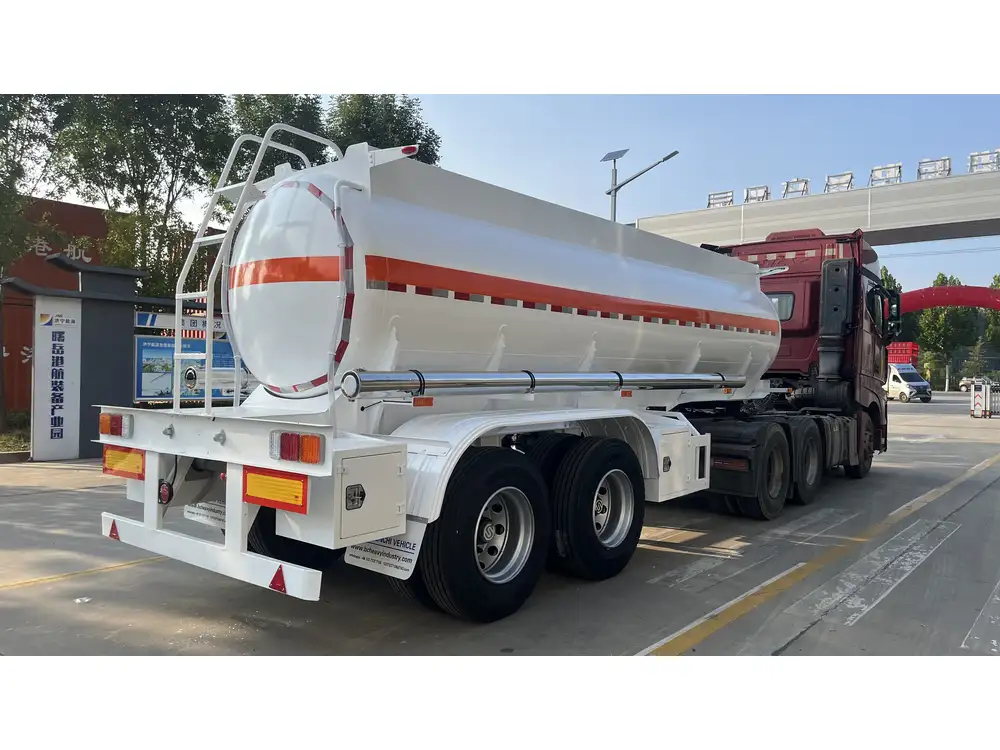
Mastering the Controls
Understanding the various controls in the cab is fundamental for operating a semi.
Control Panel Overview
| Control | Function |
|---|---|
| Steering Wheel | Directs the vehicle’s path. |
| Gear Shift | Switches between forward, reverse, and neutral. |
| Brakes | Slows down or stops the vehicle. |
| Accelerator Pedal | Increases speed. |
| Engine Brake | Provides additional stopping power. |
Note: Familiarizing oneself with the controls enhances reaction times and facilitates smoother driving.
Maneuvering the Semi Tractor Trailer
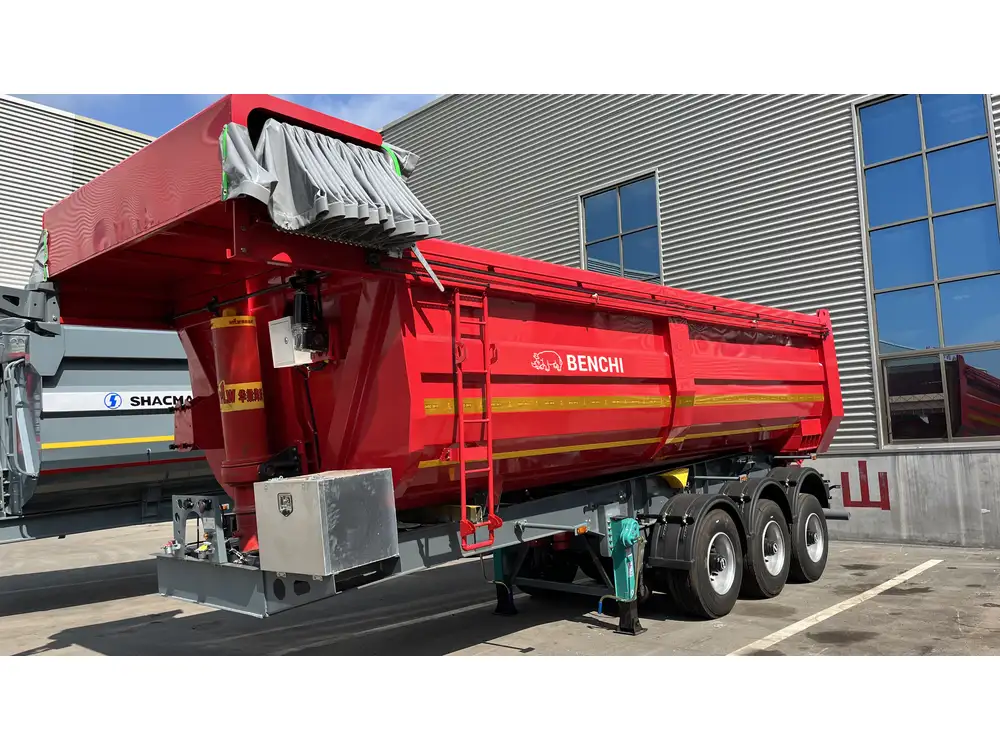
Basic Driving Techniques
Straight-Line Driving
- Keep your hands at the 10 and 2 o’clock positions on the steering wheel.
- Use the mirrors frequently to monitor your surroundings.
- Maintain a steady speed, adjusting throttle as needed.
Turning
- Pre-Turn Assessment: Check mirrors for clearance and observe traffic.
- Signal Intentions: Use turn signals well in advance.
- Initiate Turn: Slow down before the turn; use your steering to guide the trailer along the desired path.
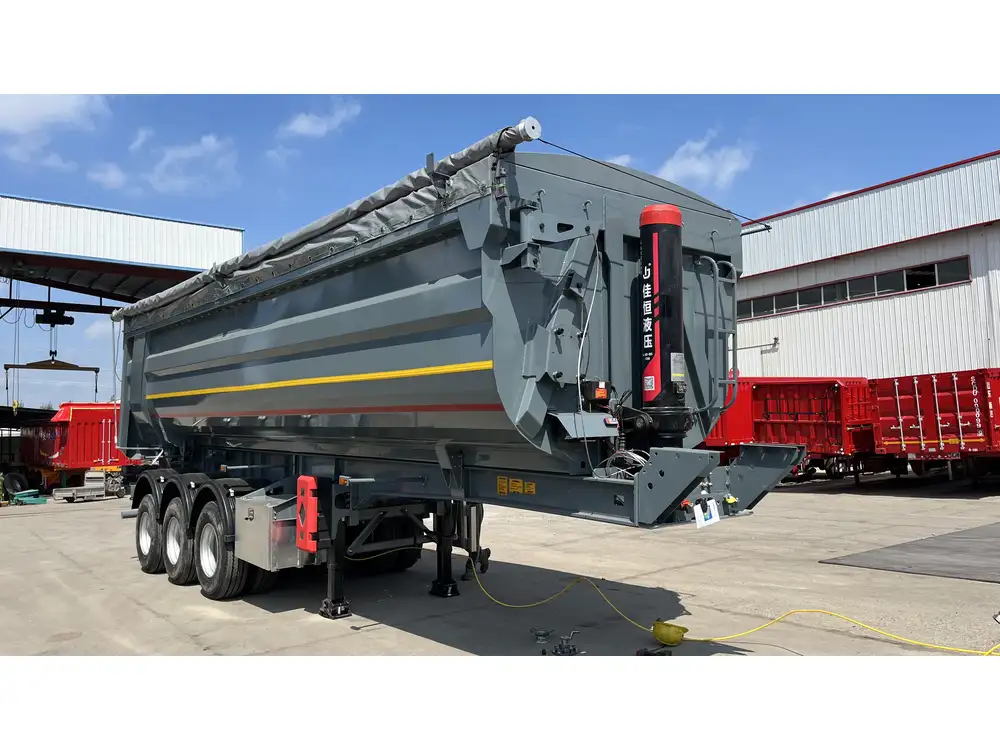
Advanced Maneuvers
Backing Up
- Positioning: Align the tractor with the trailer for a straight backup.
- Use Mirrors: Continuously check both left and right mirrors.
- Steering Technique: Turn the wheel in the opposite direction you want the trailer to go.
Parking
- Select an Appropriate Spot: Ensure ample space and avoid obstacles.
- Guide the Trailer: Utilize reference points for alignment.
- Secure Your Vehicle: Engage the parking brake and ensure the wheels are turned.
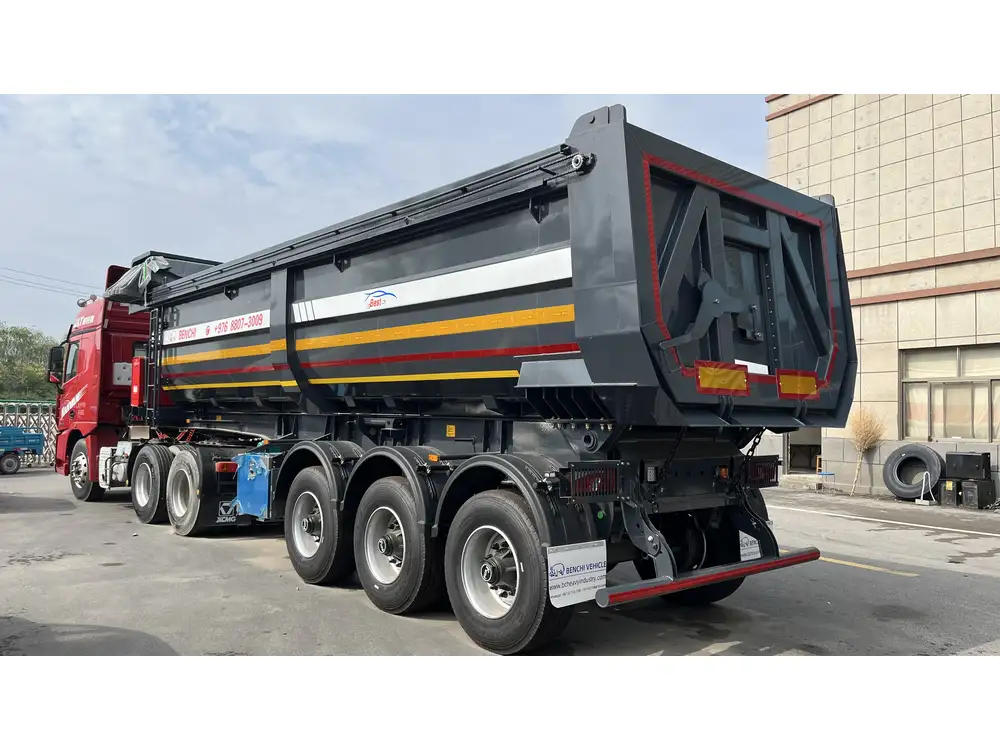
Adhering to Safety Protocols
Driving a semi tractor trailer comes with inherent risks; thus, adherence to safety protocols is non-negotiable.
Defensive Driving Techniques
- Stay Alert: Monitor the road for hazards.
- Maintain a Safe Following Distance: Increase the distance between you and the vehicle ahead, particularly in adverse weather conditions.
- Anticipate the Actions of Other Drivers: Predict potential maneuvers from vehicles around you, especially at intersections and merging lanes.
Road Regulation Compliance
Familiarize yourself with federal and state regulations governing commercial driving, such as:
| Regulation | Description |
|---|---|
| Hours of Service | Limits the number of driving hours to avoid fatigue. |
| Weight Limits | Maximum allowable weight for safe operation. |
| Speed Limits | Adherence to stated limits for various road types. |
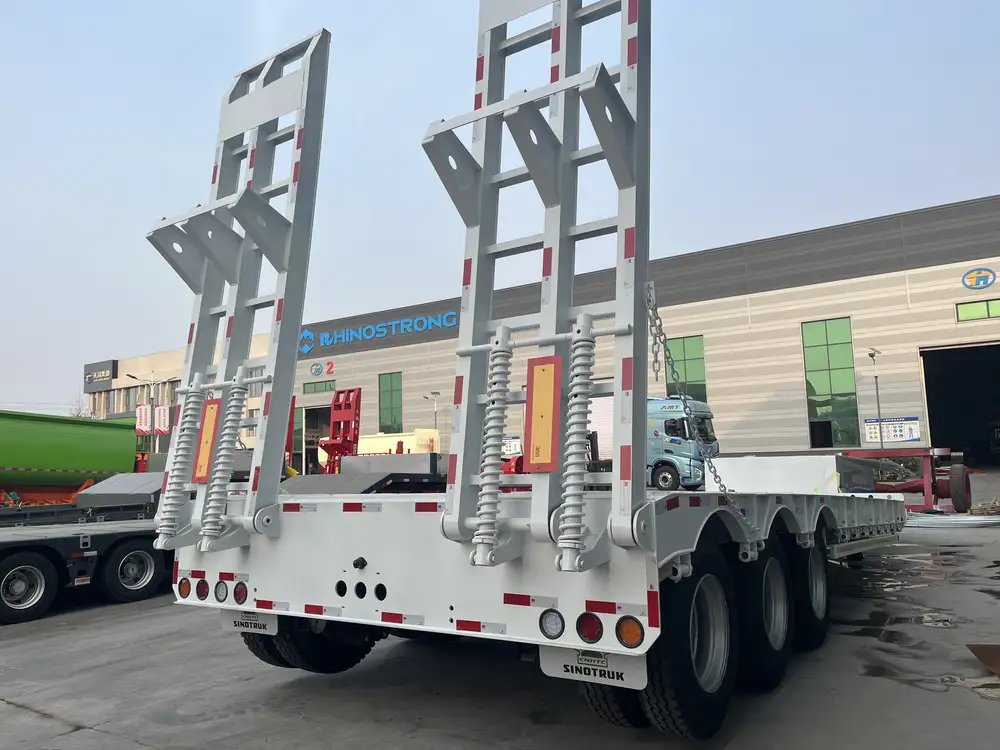
Overcoming Challenges
Navigating Difficult Terrain
Hills and Gradients
- Uphill: Shift to a lower gear and gradually increase throttle to maintain speed.
- Downhill: Use engine braking and intermittent braking to control speed without overheating the brakes.
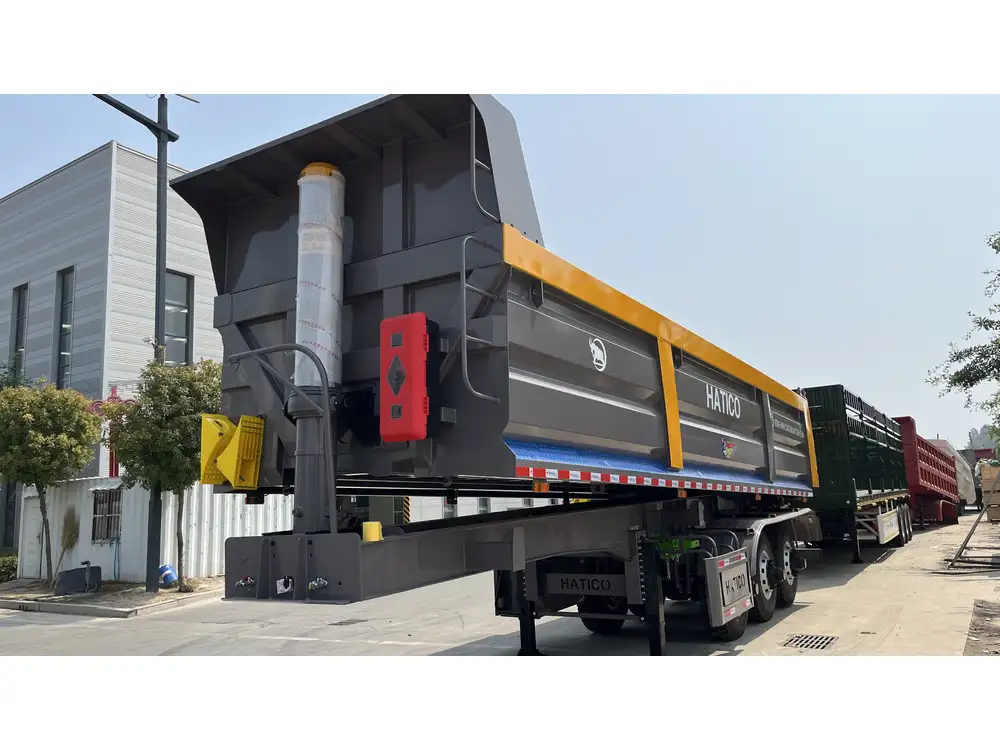
Inclement Weather
- Rain: Increase following distance and reduce speed. Use wipers and lights.
- Snow/Ice: Avoid sudden movements; maintain an increased distance for stopping.
- Fog: Use low-beam headlights, and reduce speed significantly, relying on clear reference points.
Maintaining Your Semi Tractor Trailer
Regular maintenance is crucial for performance and safety. Here’s a structured approach to maintaining your vehicle:
Daily Maintenance Tasks
- Check oil and fluid levels.
- Inspect for visible leaks.
- Clean mirrors and windows for clear visibility.

Scheduled Maintenance
| Task | Frequency |
|---|---|
| Oil Change | Every 5,000 miles or as per manufacturer’s specifications |
| Brake Inspection | Every 10,000 miles or as needed |
| Tire Rotation | Every 6,000 miles or quarterly |
Importance of Preventive Maintenance
Preventive maintenance can help avoid unforeseen breakdowns and prolong the lifespan of the vehicle, ensuring safety and reliability.
Closing Thoughts on Driving Semi Tractor Trailers
Driving a semi tractor trailer is both an art and science that requires commitment and attention to detail. Understanding and mastering vehicle controls, safety protocols, and maneuvering techniques are essential for success. As you embark on your journey, continuous education, practice, and adherence to regulations will enhance your proficiency and confidence behind the wheel.
For aspiring truck drivers, the road ahead may be paved with challenges, but the rewards of a fulfilling career in the transportation industry are well worth it. By taking the time to cultivate the necessary skills and knowledge, you’ll not only excel in your role but also contribute to a safer and more efficient transportation network.
Aspire to be more than just a driver—strive to be a professional operator, committed to excellence, safety, and the responsible handling of some of the nation’s most vital supply chains. Your journey starts now.



